Physical Address
304 North Cardinal St.
Dorchester Center, MA 02124
Physical Address
304 North Cardinal St.
Dorchester Center, MA 02124
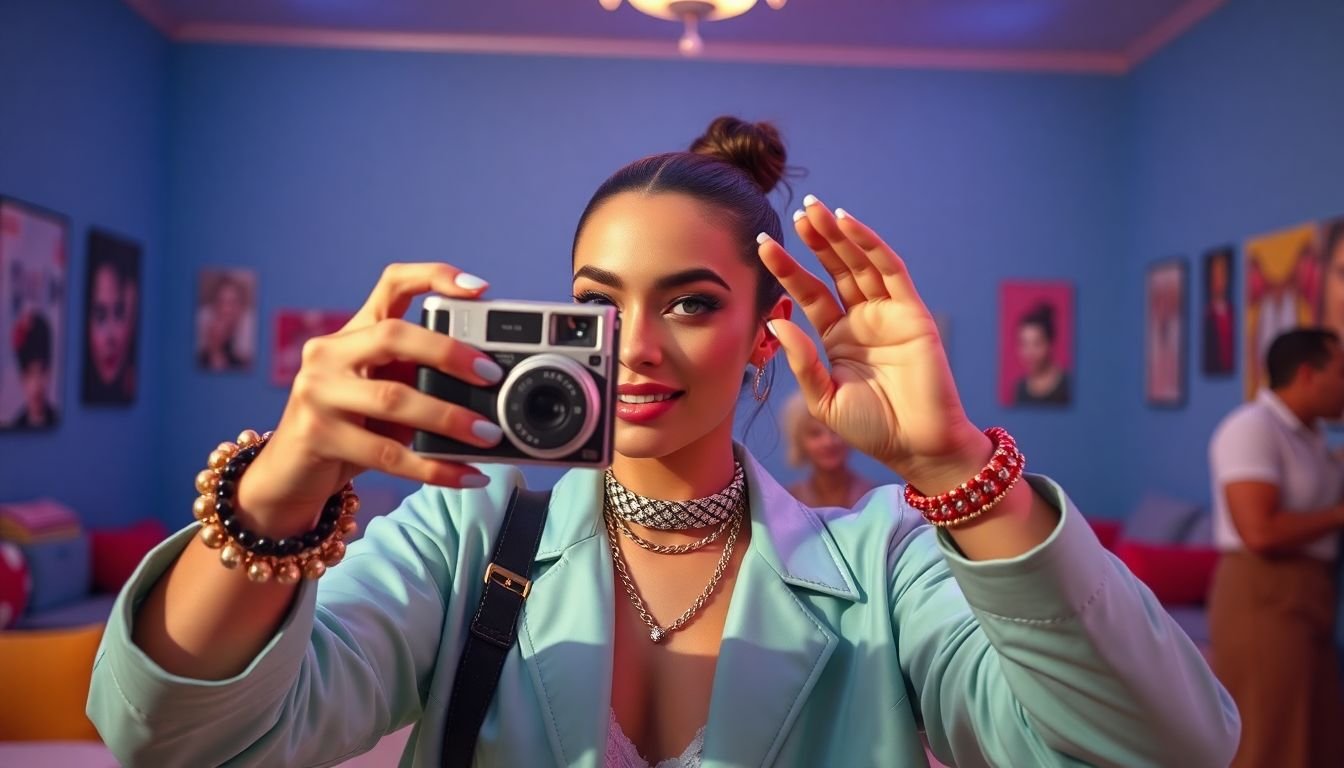
Disposable cameras, once the go-to for holiday snapshots and special occasions, are simple, single-use cameras designed to capture everyday moments.
While they may seem outdated in an age dominated by smartphones and digital cameras, they hold a nostalgic charm that continues to captivate many today.
First introduced in the 1980s, disposable cameras became widely popular for their convenience and affordability.
With pre-loaded film and built-in flash, these cameras offer a no-fuss way to shoot pictures. So, what exactly does a disposable camera do, and why is it still around? Let’s explore.
At its core, a disposable camera is a compact device with basic camera mechanics. Inside, it has a roll of film, typically 24 or 27 exposures, which is pre-loaded and sealed.
The camera body is designed for single use, meaning after all the pictures have been taken, the entire camera is sent for film development, and you won’t reuse it.
When you take a photo, the shutter opens, exposing the film to light. The camera comes with a simple fixed-focus lens, so there’s no need to adjust any settings – just aim and shoot.
You manually wind the film after each shot, and once all exposures are used, you drop it off at a photo lab for development.
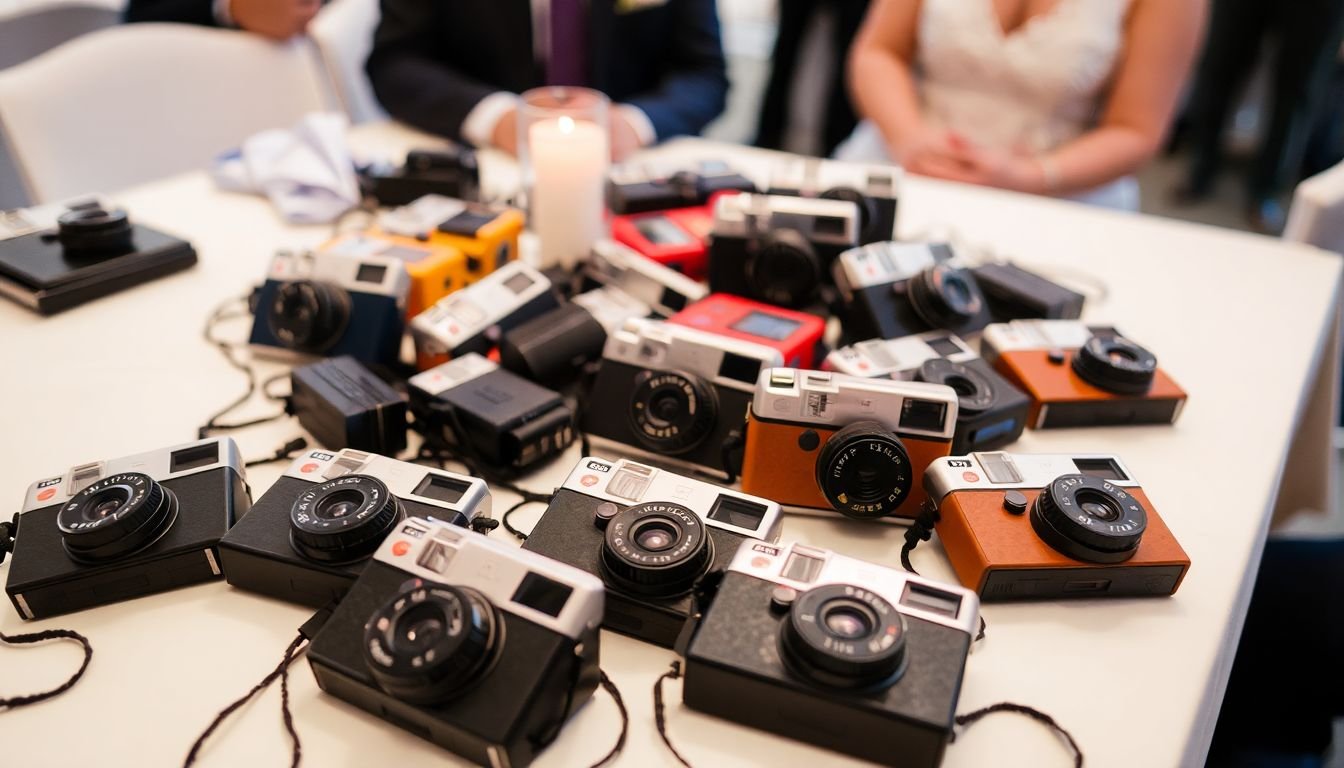
One of the defining features of disposable cameras is their simplicity. Most disposable cameras come with a built-in flash, making it easy to take photos in low-light conditions.
Since they are designed to be thrown away after use, the focus is on ease of operation – no fancy settings, zoom functions, or advanced features to worry about.
The camera offers a fixed focal length, meaning everything from a certain distance will be in focus, making it ideal for general photography.
Not all disposable cameras are created equal. There are several different types to suit various needs. For example:
Each type serves a specific purpose, providing different aesthetic options or functionality based on where and how you intend to use them.
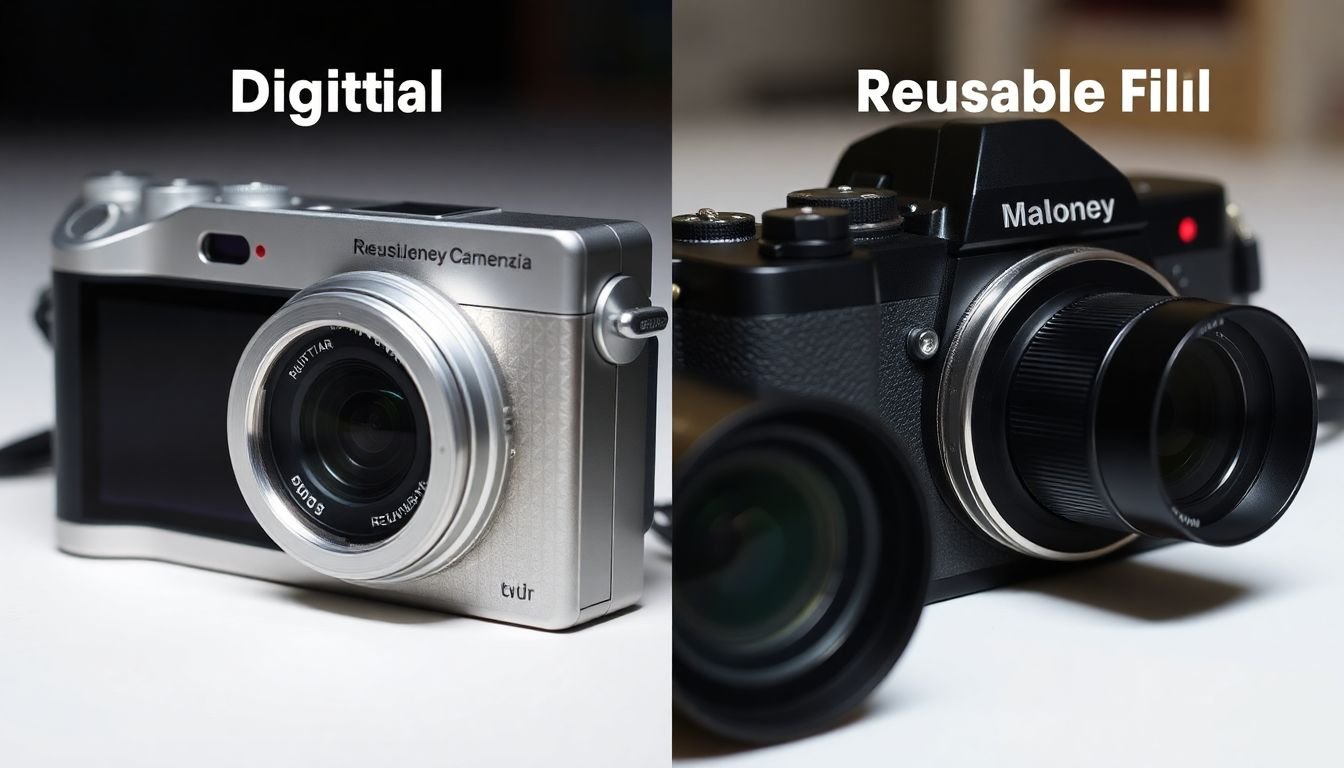
So, why would someone opt for a disposable camera in this digital age? The most obvious advantage is their affordability.
You don’t need to invest in a pricey digital camera or phone accessories. Disposable cameras are straightforward – you pick one up, take photos, and hand it off for developing. There’s no need for memory cards, batteries, or any extra equipment.
Moreover, they’re great for special events like weddings, where you can hand them out to guests and get a range of candid shots that a professional photographer might miss.
There’s something undeniably nostalgic about using a disposable camera. Many people are drawn to them because of the unpredictable nature of the results. Unlike digital cameras, you can’t review or delete photos on the spot.
This limitation forces users to be more mindful of each shot. The delayed gratification of waiting to see your photos, coupled with the quirks of film (such as light leaks or imperfect exposures), adds an element of surprise and charm.
Additionally, disposable cameras offer a physical experience that digital photography can’t replicate. Holding a stack of freshly developed prints in your hands evokes a sense of tangibility that can’t be replaced by scrolling through a phone screen.
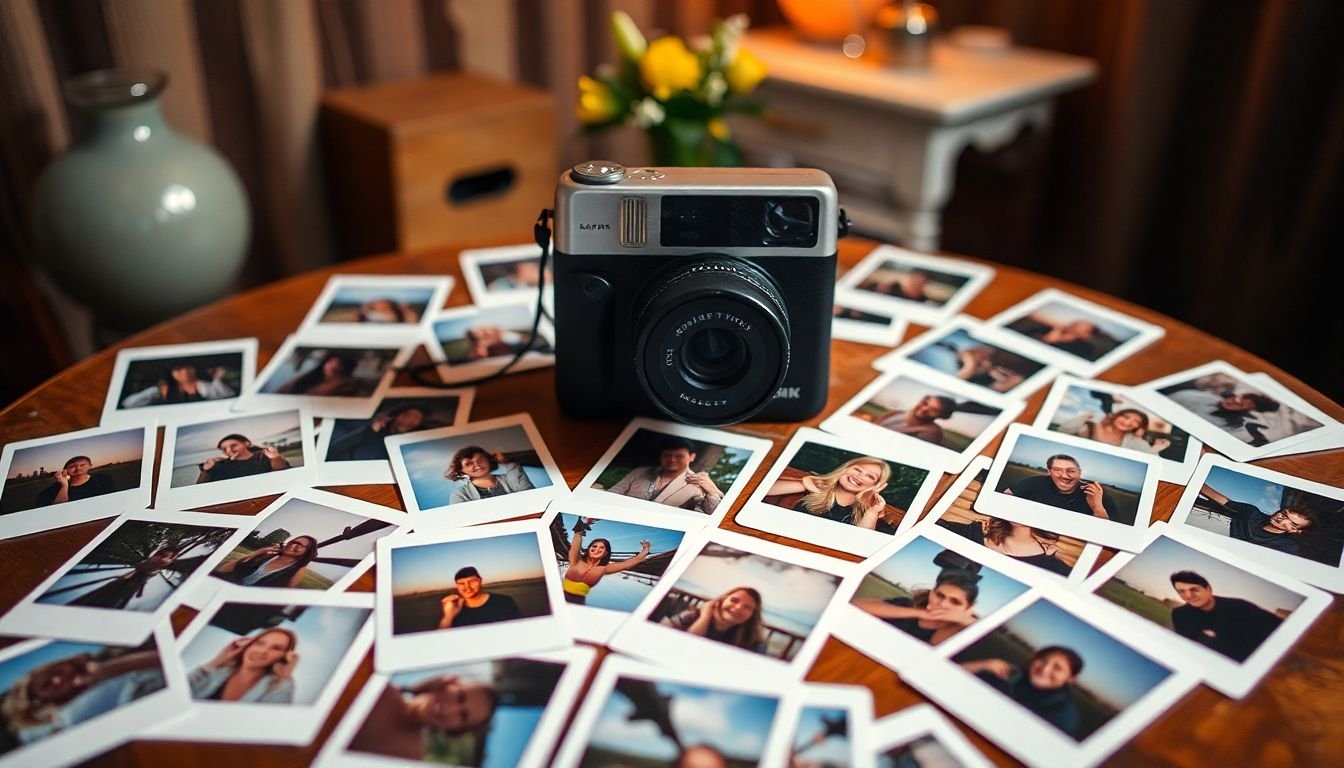
Using a disposable camera is remarkably easy. You don’t need to load the film, as it’s already pre-loaded. Simply advance the film by winding the wheel on the camera, point at your subject, and press the shutter button to take a photo.
If you’re indoors or in low-light conditions, flip the flash switch before shooting. After finishing all exposures, you take the camera to a lab to get the film developed.
Developing the film from a disposable camera is a straightforward process. You can drop it off at a local photo lab or use a mail-in service.
Alternatively, some enthusiasts opt to develop the film themselves at home if they have the right equipment. Most labs offer digital scans of your prints, which can be uploaded and shared online.
The development process can take anywhere from a few hours to several days, depending on the service you choose.

Despite their charm, disposable cameras raise concerns about waste. Since they’re single-use, they’re not the most eco-friendly option.
However, many manufacturers have started incorporating recyclable materials into the camera’s design. Some photo labs even offer recycling programmes where the used camera is disassembled, and parts are repurposed.
Interestingly, the aesthetics of disposable cameras have found new life in the digital world. Several apps mimic the look and feel of disposable cameras, complete with grainy textures, light leaks, and delayed photo previews.
Apps like Huji Cam and Dazz Cam replicate the experience of analogue photography without the environmental footprint. However, the tactile experience and unpredictable results of real disposable cameras can’t be entirely replicated.

From fashion shoots to celebrity parties, disposable cameras have made a notable comeback in recent years. Their lo-fi aesthetic has been embraced by many artists and photographers, and you’ll often see them used in trendy events and fashion shows.
Celebrities like Kendall Jenner and Gigi Hadid have even popularised disposable camera snaps on social media, adding to their cultural resurgence.
If you love the idea of film photography but want something more sustainable, reusable film cameras are a great alternative. You can reload them with fresh film and use them repeatedly, unlike disposables.
For instant results, instant cameras like Polaroid are also popular, offering the benefit of physical prints without needing to wait for development.
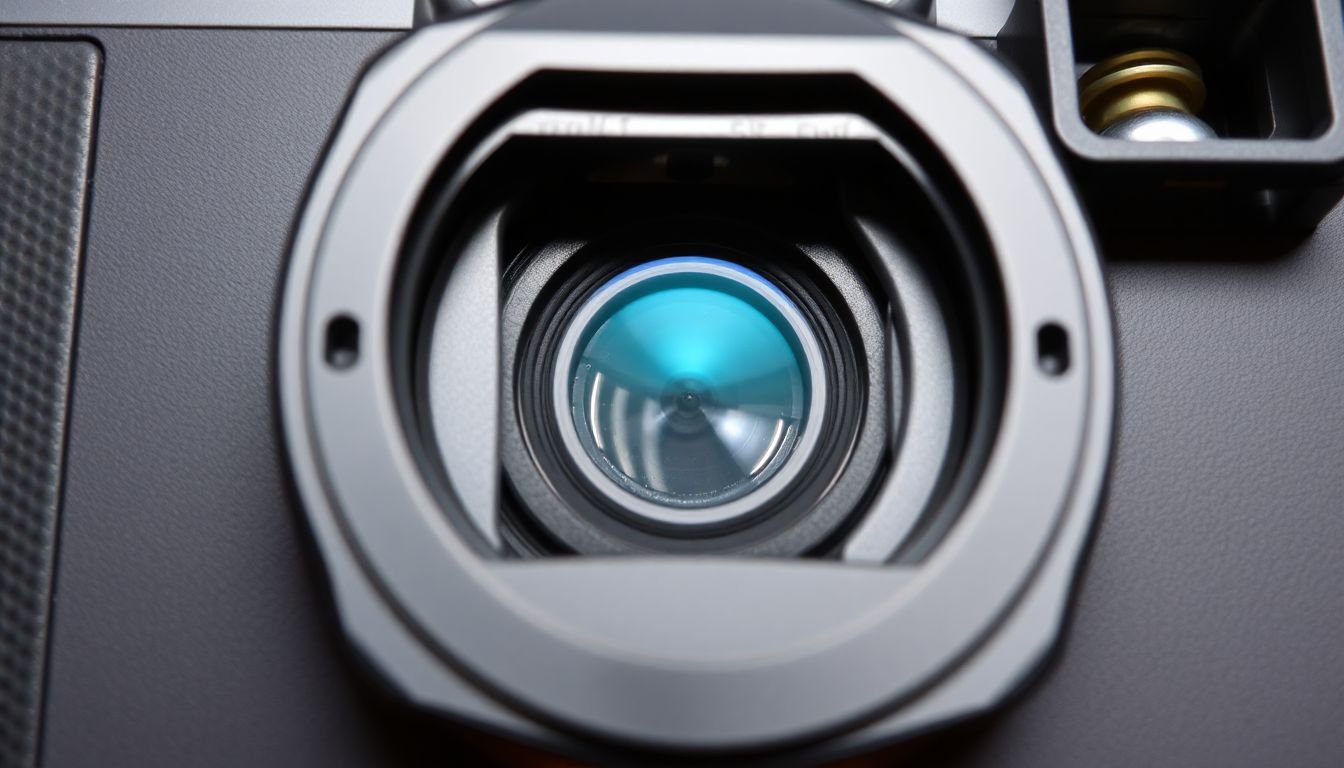
To get the best results, it’s important to understand the limitations of disposable cameras. Try to shoot in bright, natural light to avoid grainy, underexposed photos. Composition also matters – think about framing your shots thoughtfully.
While you can’t control many settings, embracing imperfections and surprises is part of the disposable camera’s charm.
In recent years, there’s been a noticeable resurgence in the popularity of disposable cameras, especially among younger generations.
Their simplicity, nostalgia, and analogue aesthetic appeal to a world overwhelmed by digital perfection. Social media has played a role, with vintage-style disposable camera photos gaining popularity for their authenticity and retro feel.
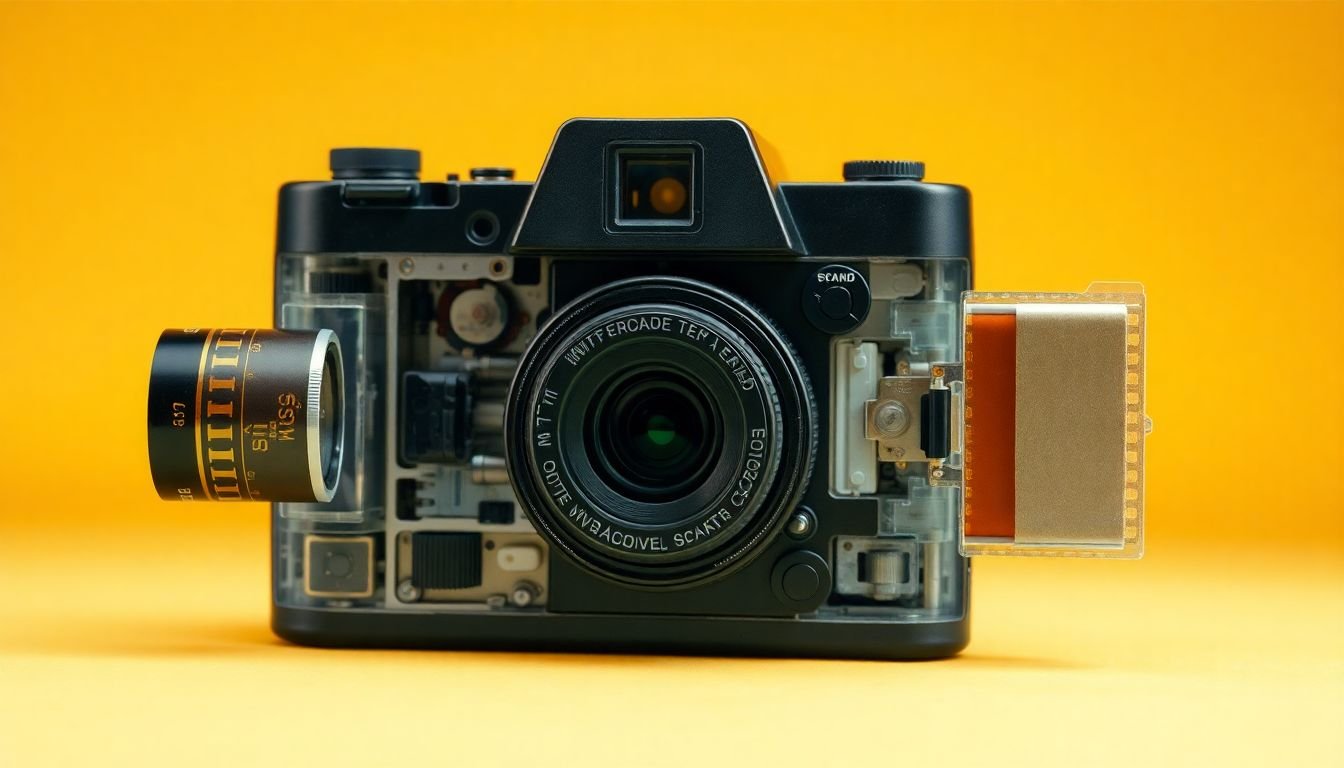
Disposable cameras may seem like relics of the past, but they continue to serve as a fun, affordable, and easy way to capture memories. Their charm lies in their simplicity, unpredictability, and the tangible nature of film photography.
Whether you’re using one for a wedding, a holiday, or just for fun, disposable cameras offer a unique photographic experience that stands out in the digital age.
How many photos can you take on a disposable camera?
Most disposable cameras come with 24 or 27 exposures, meaning you can take 24 or 27 photos before the film is finished.
Can you reuse a disposable camera?
No, disposable cameras are designed for single use only. Once the film is used up, you develop the photos and discard the camera.
Do disposable cameras have a flash?
Yes, many disposable cameras come with a built-in flash for low-light conditions.
How long does it take to develop photos from a disposable camera?
Depending on the lab, it can take anywhere from a few hours to several days to develop disposable camera film.
Are there waterproof disposable cameras?
Yes, some disposable cameras are designed to be waterproof, making them ideal for underwater photography.